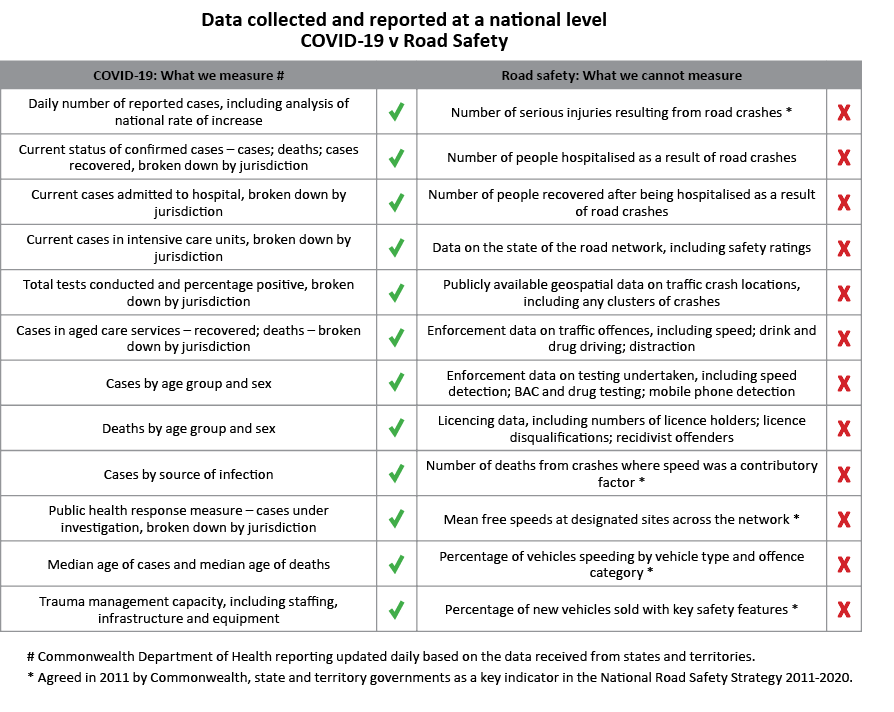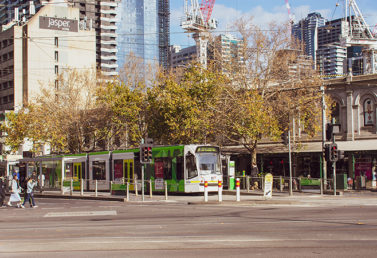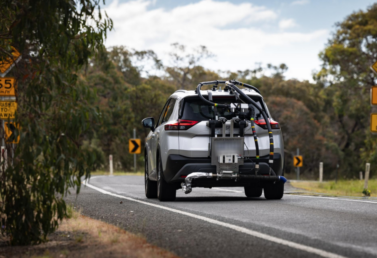The collective government response to COVID-19 could become a model for future health and safety challenges.

The collective government response to COVID-19 could become a model for future health and safety challenges, according to an assessment by thirteen leading Australian organisations from the transport and medical fields with a dedicated interest in road safety.
In the wake of the pandemic, the Australian Automobile Association is leading a call to take the lessons from government responses to COVID-19 and apply them to reducing Australia’s unacceptable road toll.
The latest AAA report shows progress towards reducing that toll came to a complete standstill in the first quarter of this year, with 1,154 lives lost on the nation’s roads in the 12 months to March.
Our benchmarking report, which measures the performance of the National Road Safety Strategy 2011-2020 (NRSS), reveals this is down by just seven fatalities when compared to the same period to March 2019. Some states recorded serious increases, with the road toll in South Australia rising by 27.5%, in Tasmania by 23.3%, and Victoria by 11.5%.
Signed in 2011 by the Commonwealth and all state and territory governments, the NRSS committed to reducing the road toll and injury rates by at least 30% by the end of this year.
AAA Managing Director Michael Bradley said that prior to the COVID-19 travel restrictions, not a single state was on track to meet this target.
“The Commonwealth Government’s own independent report confirmed successive federal governments had not provided sufficiently strong leadership, coordination or advocacy on road safety to drive down national death and injury rates on our roads,” Mr Bradley said.
But despite the failures of the current NRSS, the lessons from the unified, national response to COVID-19 provide real hope for the next strategy currently being finalised to commence next year.
“Pleasingly, the first steps to turn that around have started with the creation of a national Office of Road Safety,” Mr Bradley said. “We have seen, during COVID-19, what can be achieved when there is cooperation and a laser-focus on tackling serious health issues.”
Australia has placed timely data collection, aggregation and reporting at the forefront of its response to the COVID-19 pandemic. Meanwhile, in the almost ten years since governments collectively set road safety targets, many of those were still not even measured, including the number of crashes where speed was a factor or the number of serious injuries:

Mr Bradley emphasised that with COVID-19, governments have proven that consistent data can be collected and reported in real time.
“We see now that the success of public health campaigns can be instantly changed, nuanced or targeted depending on what the health data is showing,” he said. Australians will readily change their practices when governments demonstrate and communicate an urgency.”
“This success gives real hope that the next National Road Safety Strategy will be more successful than the last.”
In recent submissions, which brought the learnings from government responses to COVID-19 to the attention of Australia’s transport ministers, we are proud to have the support of:

The latest AAA Transport Affordability Index reveals transport cost rises exceeded the consumer price index not only in the September 2023 quarter but also over the 12 months to the end of September.
read more
Initial results of Australia’s first program to test vehicle real-world performance show the cars tested use up to 13% more fuel on the road than they did in lab tests reported by manufacturers.
read more
The quarterly update of the AAA’s EV Index shows the Australian new vehicle market continuing to change.
read more